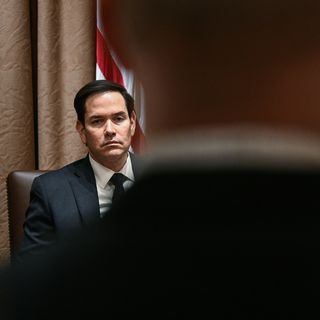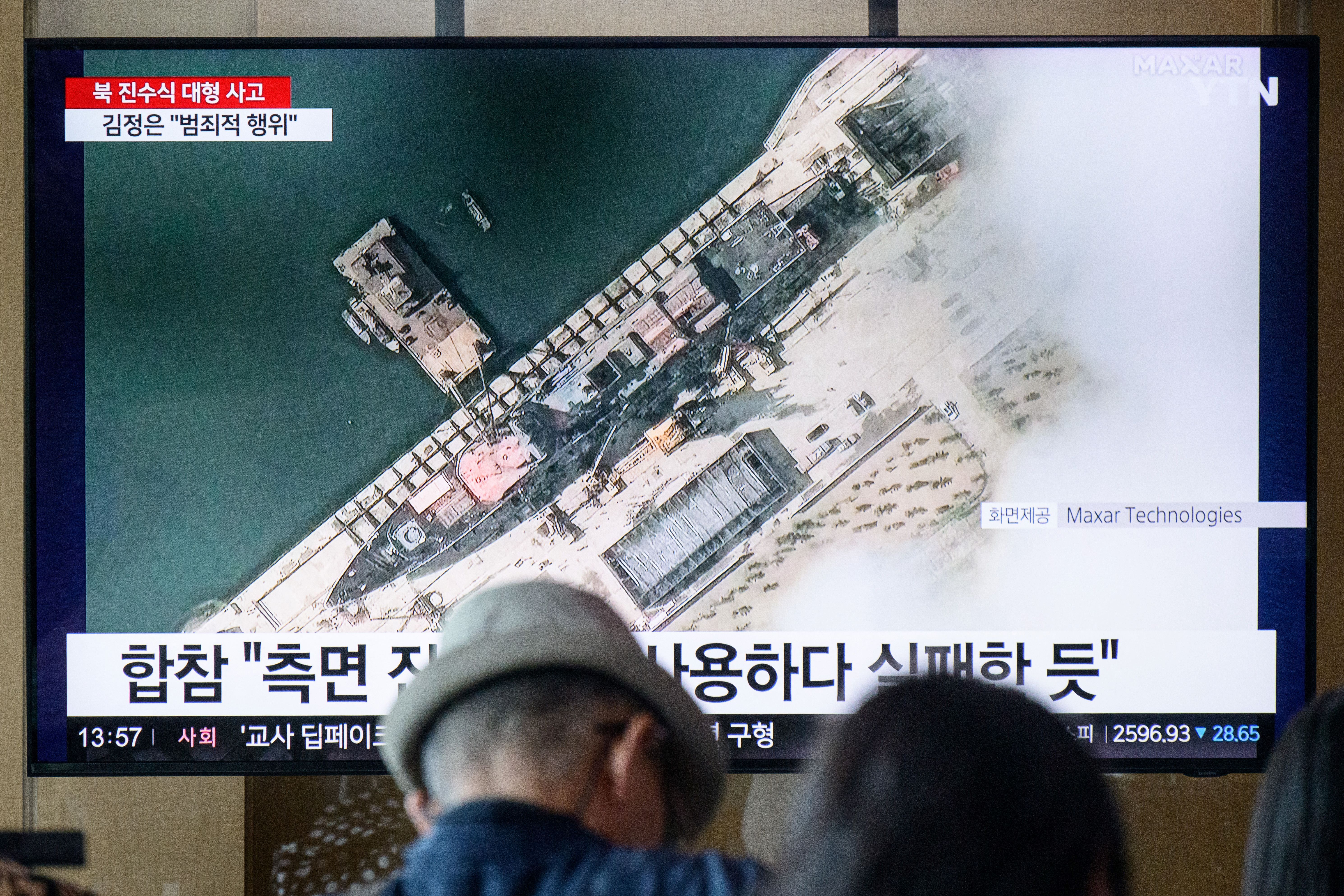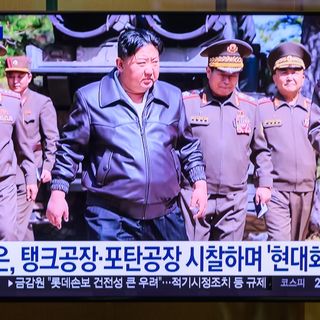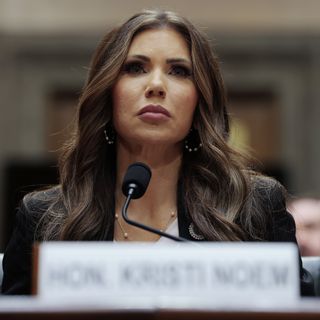Trump helps Putin move the goalposts on Ukraine
President Trump has repeatedly shifted his positions on Ukraine to accommodate Russian President Vladimir Putin, even as Putin has given very little in return.
Why it matters: Trump's critics claim he's getting played — that Putin has no intention of making peace and is stringing him along. But White House officials tell Axios they still believe Putin is about to take tangible steps towards a deal.
The big picture: For now, Trump has given Putin much of what the Russian president had hoped for: no ceasefire, no more sanctions, an intra-NATO divide, and a remarkable amount of leeway from a U.S. leader not known for his patience.
- Trump has occasionally acknowledged that Putin might be "tapping me along," and has even threatened sanctions or tariffs if Putin keeps obstructing the peace process.
- But Trump emerged from his call with Putin on Monday showing more deference to Putin than ever — rejecting calls for sanctions, stepping aside as mediator in favor of Putin's preferred format, and heralding Russia's willingness to spell out its demands for peace as a diplomatic coup.
Zoom in: After the call, Trump proposed peace talks in the Vatican, with White House officials saying the Russians would arrive bearing a "peace memo" that laid out Moscow's vision for a ceasefire and a larger deal to end the war.
- But on Friday, Russian Foreign minister Sergei Lavrov — while confirming that Russia was preparing such a document — pushed back on the idea of a meeting in the Vatican, claiming it wouldn't be an appropriate venue for two Orthodox Christian countries to convene.
- For now, Ukrainian officials say they have no information as to when or where the next round of talks will take place, following the first meeting a week ago in Istanbul.
The intrigue: There's a glaring divide between Trump and leaders in Europe on pressure vs. patience with Putin.
- The U.K and EU announced new sanctions on Russia this week after Putin again rebuffed Trump's ceasefire pitch. They'd hoped the U.S. would join, but Trump declined.
- Trump's deference to Putin after Monday's call puzzled allied leaders who joined a conference call with him afterwards.
- With Moscow continuing to slow-walk a peace process Trump initially claimed would be resolved in 24 hours, the U.S. president seemed more inclined to walk away entirely than to come down hard on Putin.
Between the lines: To push Zelensky to the negotiating table, Trump berated him in the Oval Office and temporarily froze intelligence sharing and weapons shipments.
- With Putin, he's used carrots — in particular a promise of sanctions relief and better economic ties — but very few sticks.
What they're saying: "I think that Putin is stringing us along," Bridget Brink, who resigned as U.S. ambassador to Ukraine last month to protest Trump's "appeasement," told CNN on Thursday. "This is why it's really important to call a spade a spade and put more pressure on Russia, together with partners and allies in Europe."
The flipside: The White House says Trump's diplomacy with Putin convinced him to produce the forthcoming peace memo, something he was not willing to do before.
- Trump has repeatedly argued that while it would be "easier" politically to go hard on Putin, maintaining friendly ties will be more fruitful.
What to watch: Trump has a bad cop at the ready, with Senate Republicans — led by Trump ally Lindsey Graham (R-S.C.) — itching to impose 500% tariffs on countries (principally China) that buy Russian oil.
- For now, Trump seems content to let Putin make the next move.
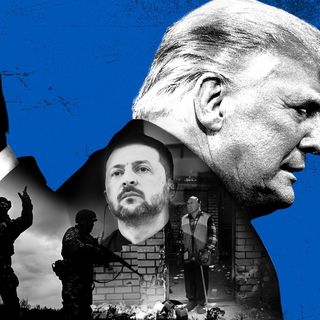

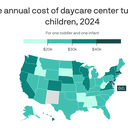

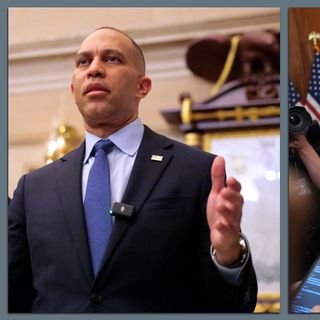





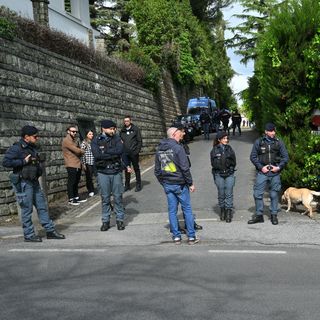

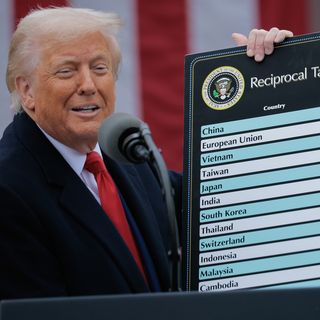

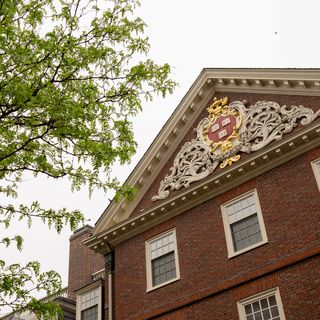

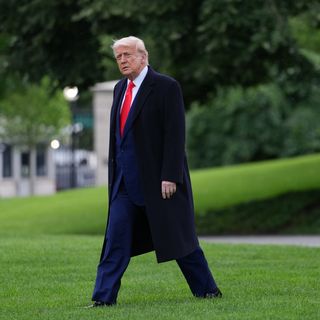

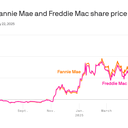

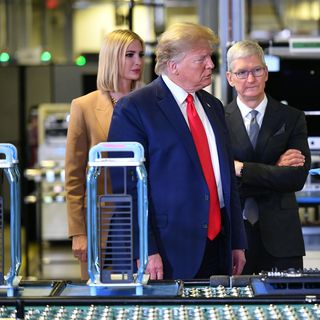




/2025/05/22/1747946866851.gif)
